Information Technology Reference
In-Depth Information
Physical Structure
Physical Structure
System
DFMEA
System
DFMEA
System
DFMEA
Design FMEA
DFMEA
Design FMEA
DFMEA
Design FMEA
DFMEA
Subsystem
DFMEA
Sub-system
DFMEA
Sub-system
DFMEA
Sub-system
DFMEA
Design or
Process
Concept
FMEA
Design or
Process
Concept
FMEA
Design or
Process
Concept
FMEA
System
PFMEA
System
PFMEA
System
PFMEA
System
PFMEA
Component
DFMEA
Component
DFMEA
Component
DFMEA
Sub-system
PFMEA
Sub-system
PFMEA
Sub-system
PFMEA
Sub-system
PFMEA
Process FMEA
PFMEA
Process FMEA
PFMEA
Process FMEA
PFMEA
Component
PFMEA
Component
PFMEA
Component
PFMEA
Component
PFMEA
Assembly
PFMEA
Assembly
PFMEA
Assembly
PFMEA
System
PFMEA
System
PFMEA
System
PFMEA
System
PFMEA
Process Structure
Process Structure
Manufacturing
PFMEA
Manufacturing
PFMEA
Manufacturing
PFMEA
Subsystem
PFMEA
Sub-system
PFMEA
Sub-system
PFMEA
Sub-system
PFMEA
Sub-system
PFMEA
Machine
FMEA
Machine
FMEA
Machine
FMEA
Component
PFMEA
Component
PFMEA
Component
PFMEA
Component
PFMEA
FIGURE 16.1
Product FMEA types (Yang & El-Haik, 2008).
be completed well in advance of a prototype build. The input to DFMEA is the
array of FRs
1
.
FMEA is well understood at the systems and hardware levels where the potential
failure modes usually are known, and the task is to analyze their effects on system
behavior. Today, more and more system functions are realized on the software level,
which has aroused the urge to apply the FMEA methodology also to software-based
systems. Software failure modes generally are unknown—“software modules do not
fail, they only display incorrect behavior”—and depend on dynamic behavior of the
application. These facts set special requirements on the FMEA of software-based
systems and make it difficult to realize.
Performing FMEA for a mechanical or electrical system (Yang & El-Haik, 2008)
or for a service (El-Haik & Roy, 2005) in a DFSS project environment is usually
a more straightforward operation than what it is for a software-based system. The
failure mode of components such as relays and resistors are generally well under-
stood. Physics for the component failures are known, and their consequences may
be studied. Mechanical and electrical components are supposed to fail as a result of
some
noise factors
2
such as wearing, aging, or unanticipated stress. The analysis may
1
See Chapter 13.
2
A term used in Taguchi methods. Taguchi calls common cause variation the “noise.” Noise factors are
classified into three categories: outer noise, inner noise, and between product noise. Taguchi's approach is
not to eliminate or ignore the noise factors; Taguchi techniques aim to reduce the effect or impact of the
noise on the product quality.

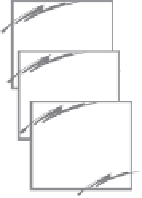
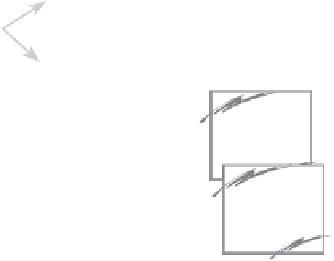




























































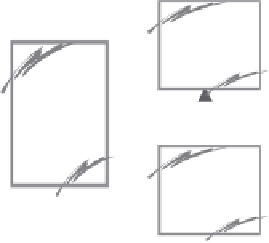

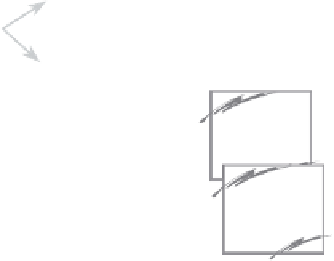
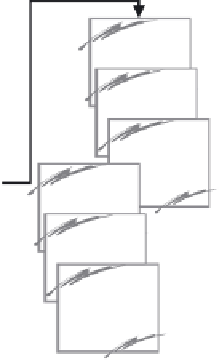














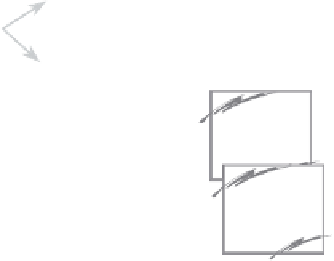















































































Search WWH ::

Custom Search